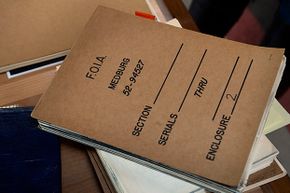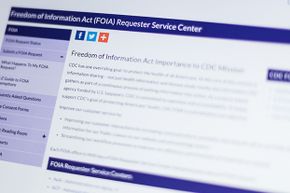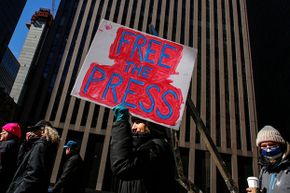U.S. Rep. John Moss, was serving California's 3rd Congressional District when he knew something needed to change regarding public access to government information. By the mid-1960s, post-World War II America was engulfed in both the Cold War and Vietnam, and Moss was taking note of the government's seemingly heightened secrecy around certain matters. And just a few years earlier in 1953, the American Society of Newspaper Editors published a study regarding the government's increasing secrecy. Its findings made it clear that not only did American citizens lack any clear right to access government records, but they also didn't have any official procedure to appeal a denial to those records [source: Ciaramella].
But Moss' mission to put provisions in place was more than political; it was personal. According to Jonathan Peters, J.D., Ph.D., assistant professor at the William Allen White School of Journalism & Mass Communications at the University of Kansas, Moss requested information from a public commission about government employees fired over suspicions of disloyalty during his first term in Congress. "His request was denied," Peters, who's also the Press Freedom Correspondent for the Columbia Journalism Review, says in an email. "A few years later, he chaired a house subcommittee on public information, and in that role, he held hearings on government openness. Moss also spoke often about the topic at conferences and to journalists."
Advertisement
But while journalists supported Moss' efforts to push for more government transparency, politicians weren't so keen on the idea. The congressman faced opposition from fellow democrat President Lyndon B. Johnson, along with 27 federal departments and agencies. But in 1966, the House voted 307-0 to pass Moss' Freedom of Information Act (FOIA) bill, and Johnson signed the bill on Independence Day of that year. In his statement that day, Johnson wrote, "No one should be able to pull curtains of secrecy around decisions which can be revealed without injury to the public interest," and he closed with the words, "I sign this measure with a deep sense of pride that the United States is an open society" [source: The American Presidency Project].
But despite the victory for Moss and FOIA supporters, there would still be a long road ahead for those advocating for absolute government transparency, and in many ways, the battle is still playing out today.
Advertisement






